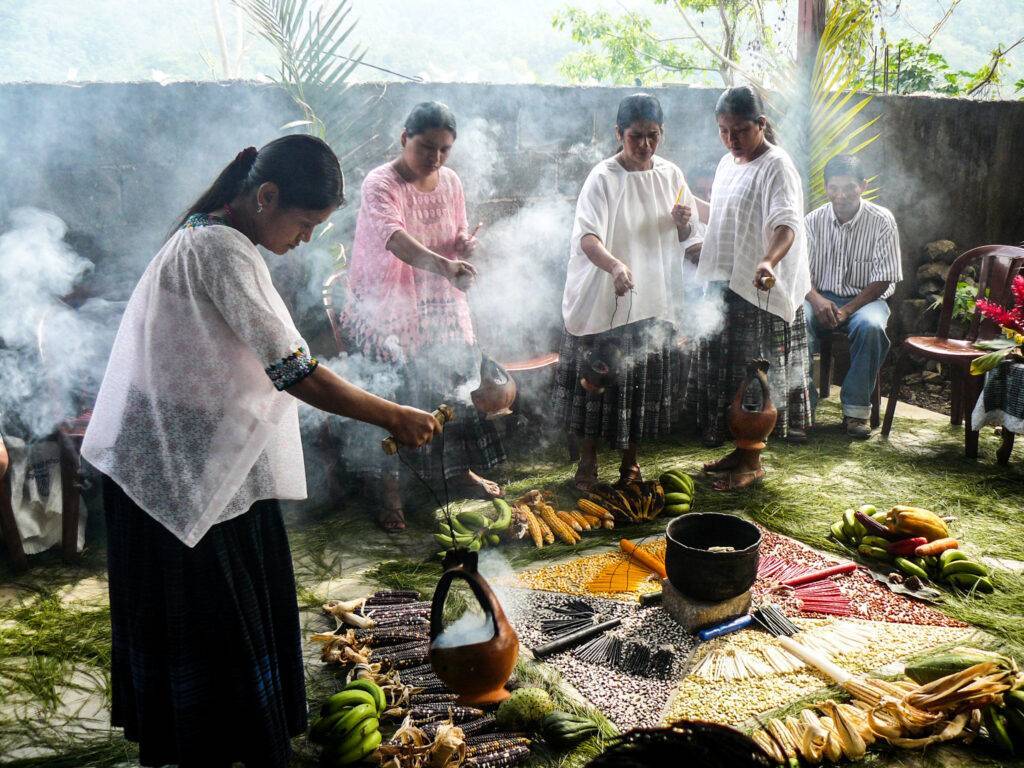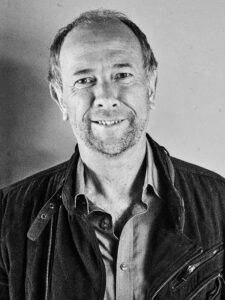“Religious concepts and rituals are conservative and resilient, because they belong to the realm of what Aristotle or Kant has called the ‘categories of understanding’. They lie at the foundation of a culture, constantly nourishing the framework of the collective mind. Much as the ‘mountain’ in the bewildering landscape of Mesoamerican cosmology.
(Free to Émile Durkheim and Roy Rappaport).
“What makes a myth an event of very long duration? […] The solid nuclei of myths are protected by the cushioning of its ductile parts to such a degree that its life is prolonged through centuries and even millennia.”
(Alfredo López Austin – The Myths of the Opossum 1990: 304)

Many Classic Maya scholars believe that the Maya they are investigating are different from modern Highland Maya. In light of the above, that would be an ahistorical view. Indeed, my lifelong experience of research and teaching among the Highland Maya, plus the knowledge of the indigenous documents like the Popol Wuj, strongly challenge this view.

Artwork Debra Atenea Díaz Zúñiga, adapted from Heather Hurst (2015). In Valores plástico-formales del arte maya del Preclásico tardío a partir de las configuraciones visuales de San Bartolo, Petén, Guatemala, Sanja Savkic (2016).


